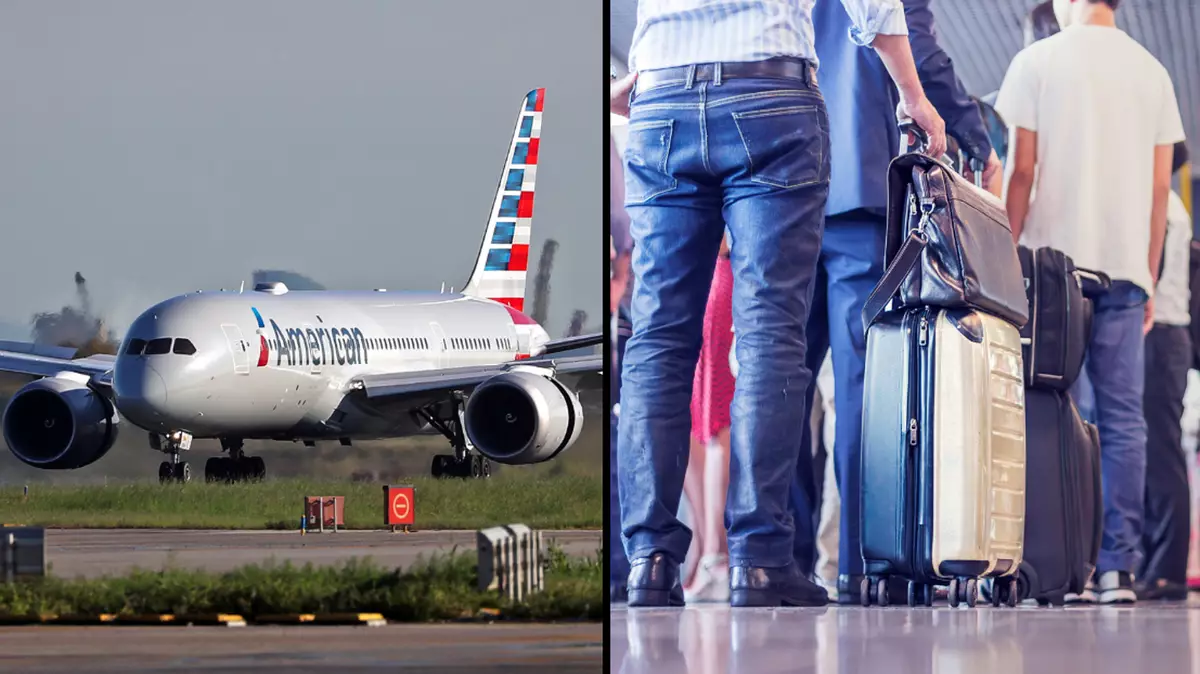American Airlines change passenger removal policies after discrimination lawsuit

American Airlines is changing its procedures for removing passengers from flights, in a move that attempts to clarify and limit the circumstances in which flyers can find themselves ejected from an aircraft.
Discriminatory removals and NAACP warning
The carrier, the largest in the world by passengers carried, revenue and flights, has gained a reputation through viral social media posts for manhandling its customers and for inappropriate and discriminatory removals of flyers. A federal lawsuit was launched in spring 2024, after eight black men who had not been sitting together were all removed from one single flight, with other passengers informed it was due to their “body odour”.
The men complained and an effort was made to find them an alternative flight, but when none could be found, the men were reboarded, and endured the flight under the reproving gaze of fellow flyers. Their complaint sued the airline for an incident they said was “ traumatic, upsetting, scary, humiliating and degrading.” The incident resulted in the US National Association for the Advancement of Colored People (NAACP) threatening to renew its travel warning about flying American.
American Airlines suspends employees for removing eight Black passengers from a plane due to an “offensive” odor complaint.
Follow: @AFpost pic.twitter.com/QHTY9XvgqR
— AF Post (@AFpost) June 21, 2024
Only flight safety or security are valid reasons for removal
Now, according to an inflight manual seen by aviation blog View from the Wing, American has updated its policies on how to handle passenger removals. Noting that “discrimination based on race, gender, religion, color, sexual orientation, or national origin against any customer or team member is unacceptable and will not be tolerated”, the wording of the policy suggests removals should only take place if there is some kind of threat to the plane. “As an airline, our goal is to welcome all passengers unless there is a risk to the safety or security of the flight,” the manual states.
Two attendants must engage complainants, but captain is in charge
One particular section of the manual has captured media attention in the wake of the “body odour incident.” Concerns that are non-safety and non-security related “should originate from customers only”, one bullet point reads, appearing to curtail flight attendants’ power. In the event another passenger does express a concern, “our shared objective is to avoid customer removal”, the manual states. In that case, “a resolution that both addresses the customer concern and keeps all customer travel intact” should be sought.”
Non-safety and non-security issues raised by customers should be addressed by two attendants to try to resolve it, meaning attendants no longer have sole discretion. And if an issue cannot be de-escalated satisfactorily, a Conflict Resolution Officer is the next link in the chain. Any non-safety or security-related events must be reported within 24 hours.
Ultimately though, captains retain ultimate “authority to make decisions about passenger removal” which should only be carried out after “thorough assessment”.
Related
Hilton Partners with American Campus Communities to Offer Exclusive Benefits…
Home » America Travel News » Hilton Partners with American Campus Communities to Offer Exclusive Benefits for Students Saturday, November 23, 2024Hilton, a g
Trump and Elon Musk bring American swagger, joyous awe back…
At his Madison Square Garden event a week before the election, Donald Trump went on an extended riff about the famous “chopstick” maneuver of Elo
Major airline introduces new boarding rule at 100 airports to…
Few things test our patience quite like waiting in line—especially when someone skips ahead.For travellers, the issue is particularly aggravating at boarding
USA travel warning issued after ‘chaos’ habit banned from 100…
Published 18:00 22 Nov 2024 GMTIntroduced at dozens of airports across the States, it'll impact countless travellersA crackdown on a 'chaotic' hack used by coun









